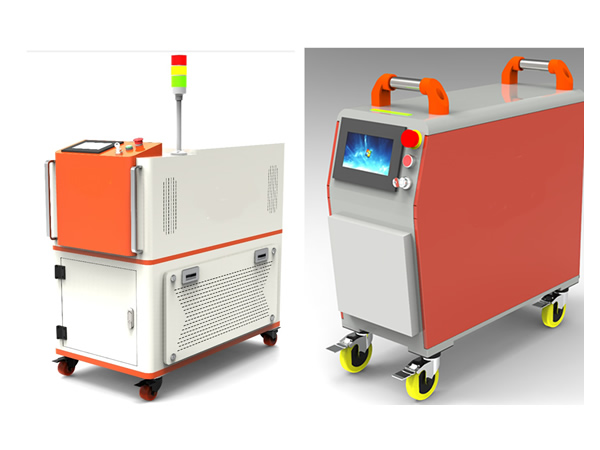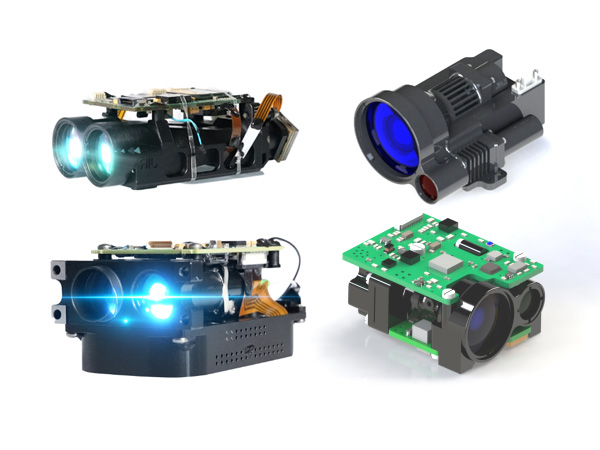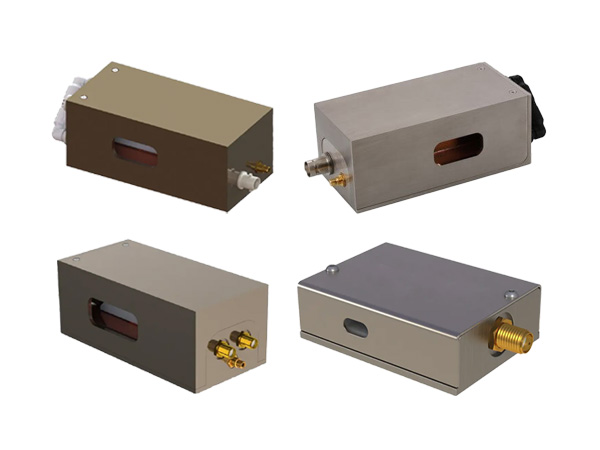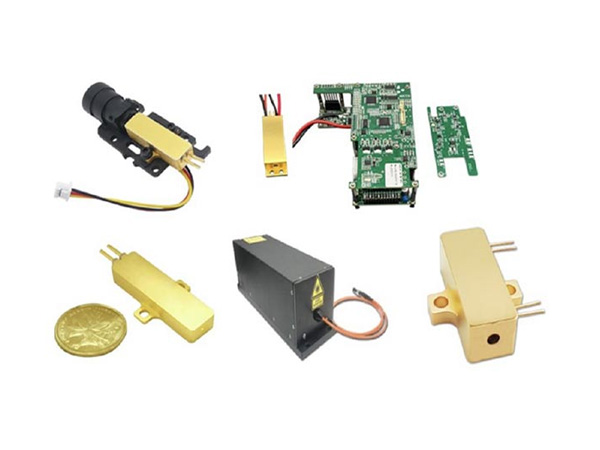Basics of F-theta Lenses
General information
Lenses used in combination with XY galvanometer scanners are called ƒ-theta lenses, plane field objectives or simply scan lenses. ƒ-theta lenses are used in various applications from industrial material processing, drilling, welding of synthetic material and cutting in addition to medical and biotechnology (confocal microscopy, ophthalmology) to science and research. The design and the quality of the optical components are playing a decisive role.
Standard lenses focus the laser beam on a spherical plain in contrast to an ideal flat or plane field. The use of ƒ-theta lenses provides a plane focusing surface and almost constant spot size over the entire XY image plane or scan field. The position of the spot on the image plane is directly proportional to the scan angle.
Optical glasses vs. fused silica
Short pulse lasers and ultra-short pulse lasers, but also lasers with high average power issue a exceptional challenge for lenses. Processed are strongly influenced by the characteristics of regular optical glasses. For instance thermal effects change both the beam shape and the working distance. At this point fused silica presents its crucial advantage by lower sensitivity to thermal effects in comparison to optical glasses and is therefore highly recommended for the use with the named laser sources above.
Telecentricity
Telecentric ƒ-theta lenses provide a beam with perpendicular incidence onto the image surface. This is necessary for drilling holes and structuring surfaces in the third dimension (depth). The downside is generally a smaller focal plane compared to a non-telecentric lens, because the size of the frontal lens elements has to be larger than the scan area. Sill offers for both kinds of ƒ-theta lenses a large variety of options and focal distances.
Color corrected ƒ-theta lenses
While the dispersion in the material can neglected for fs-pulses, the color error caused by the spectral width of the pulse plays a decisive role. The spectral width of the pulse is increasing rapidly by shorter pulse durations and for longer wavelengths. This results in a color error where the axial and lateral position of a focused beam varies for different colors. The amount of deviation of the resulting spot depends on the focal length and the wavelength. Sill offers ƒ-theta lenses which are especially designed for the use with femtosecond lasers and correct this color error leading to a consistent beam shape over the complete scan area.
The telecentricity error specifies the deviation of the laser beam from perpendicular. Usually it is maximum in the corner of the XY scan field. Note, that the telecentricity error is always zero on the optical axis. The telecentricity error or maximum incidence angle is a sign of quality for telecentric or entocentric lenses. Perfect telecentricity is only possible if all light comes from the object sided focus. In principle you can say: the larger the space between the mirrors, the larger the distance from one mirror to the object sided focus the larger the telecentricity error.
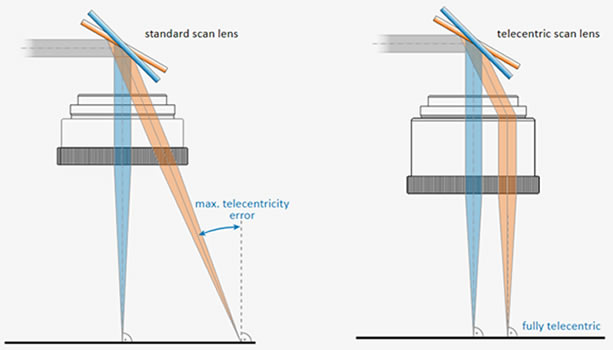
Multispectral ƒ-theta lenses
For online inspection systems we successfully introduced color corrected ƒ-theta lenses for 1064 nm and 532 nm to the market. Color correction offers usage of one lens for several manufacturing steps at the same time.
In addition, we offer color corrected ƒ-theta lenses designed for confocal microscopy applications optimized for a wavelength range from 450 nm to 650 nm and a lens optimized for 355 nm and 1064 nm. The focal lengths and working distances are identical for several wavelengths, resulting in identical image fields for the laser and inspection wavelength respectively for a whole wavelength range.
Relevant references:
Beam expander
Optics for laser scanners
Basics of 2-axis laser scanner (marking system
Mini fiber laser marker
DPSS laser marker
 English
English Français
Français Deutsch
Deutsch euskara
euskara Русский язык
Русский язык Italiano
Italiano Português
Português Nederlands
Nederlands Polski
Polski Greek
Greek Lietuva
Lietuva Türkçe
Türkçe 日本語
日本語 한어
한어 中文
中文 தாமில்
தாமில் فارسی
فارسی हिंदी
हिंदी Tiếng Việt
Tiếng Việt ภาษาไทย
ภาษาไทย Pilipino
Pilipino Indonesia
Indonesia தாமில்
தாமில்

